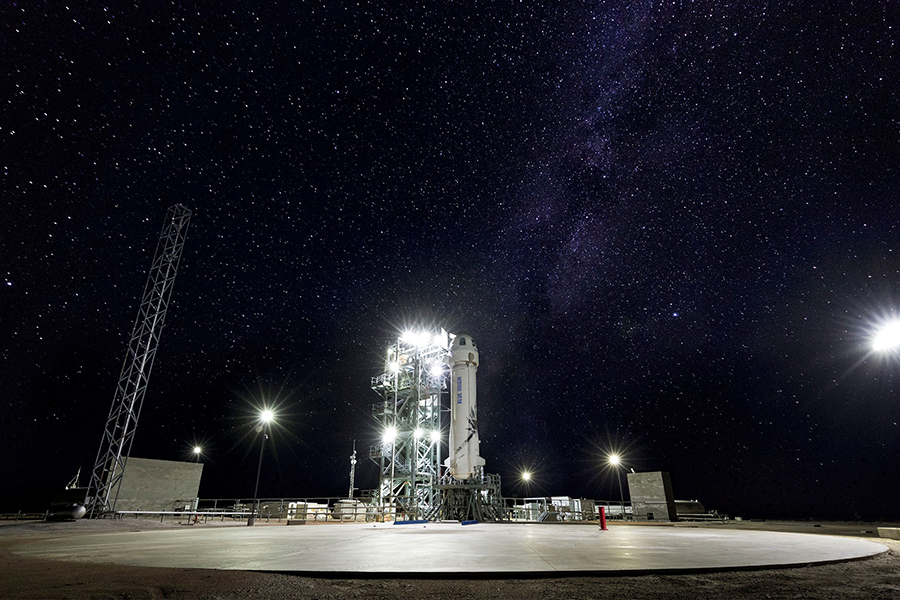Two of NASA's 15 selections for space technology flight tests led by AAE professors

NASA’s Flight Opportunities selected 15 promising space technologies to be tested on commercial low-gravity simulating aircraft, high-altitude balloons and suborbital rockets, and two are led by AAE professors.
Prof. Steven Collicott is the principal investigator for one of the payloads that was selected, and his “Zero-g Slosh Model Technology: Knowledge Payload” will fly on Blue Origin. Collicott has had four prior payloads fly on Blue Origin’s New Shepard and has three others in preparation.
Prof. Alina Alexeenko’s payload, “Spaceflight Testing of Film Evaporation MEMS Tunable Array (FEMTA) Micropropulsion System for Interplanetary SmallSat,” also will fly with Blue Origin.
The flights will help advance technologies for future spaceflight, NASA says. NASA administrator Jim Bridenstine says the agency will focus on funding more of these payload flights in the future, per a NASA press release.
“These two Purdue payloads for NASA are enabled by the low cost of the new generation of commercial re-usable suborbital rockets,” Collicott says.
Collicott says the cost per payload is at least one order of magnitude cheaper than for the old style single-use rockets.
His payload will study the impact of sloshing on green propellant systems by utilizing a suborbital flight to acquire data in a geometry designed to facilitate two-dimensional computational modeling. This will allow others to focus computational power on the details of the motion of the liquid surface. When spacecraft accelerate, such as when conducting an orbit raising or trajectory correction burn, the acceleration can lead to sloshing in the propellant system. The knowledge gathered from this flight will be used to advance the practical data-based models for future space missions.
Alexeenko’s payload will demonstrate a propellant management system for FEMTA Micropropulsion System, a small thruster that uses heated water through micro-nozzles to create propulsion. The tank uses the vapor pressure of an alcohol mixture to provide continuous propellant to the thruster. This propulsion unit could be used to extend the lifetime of PicoSats in orbit or for precise attitude control of groups of satellites, deployable structures or interplanetary missions.
